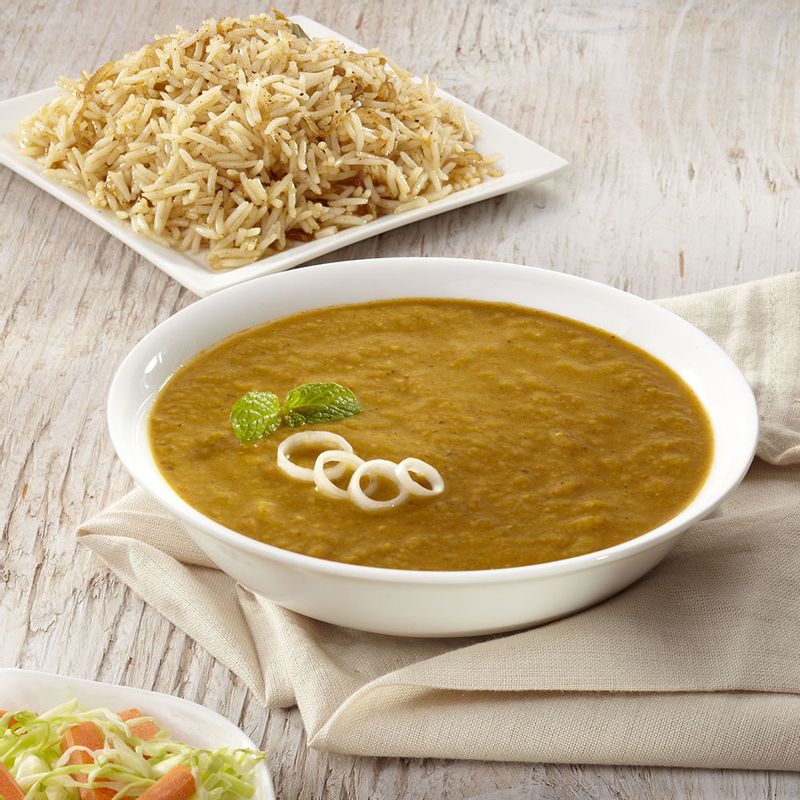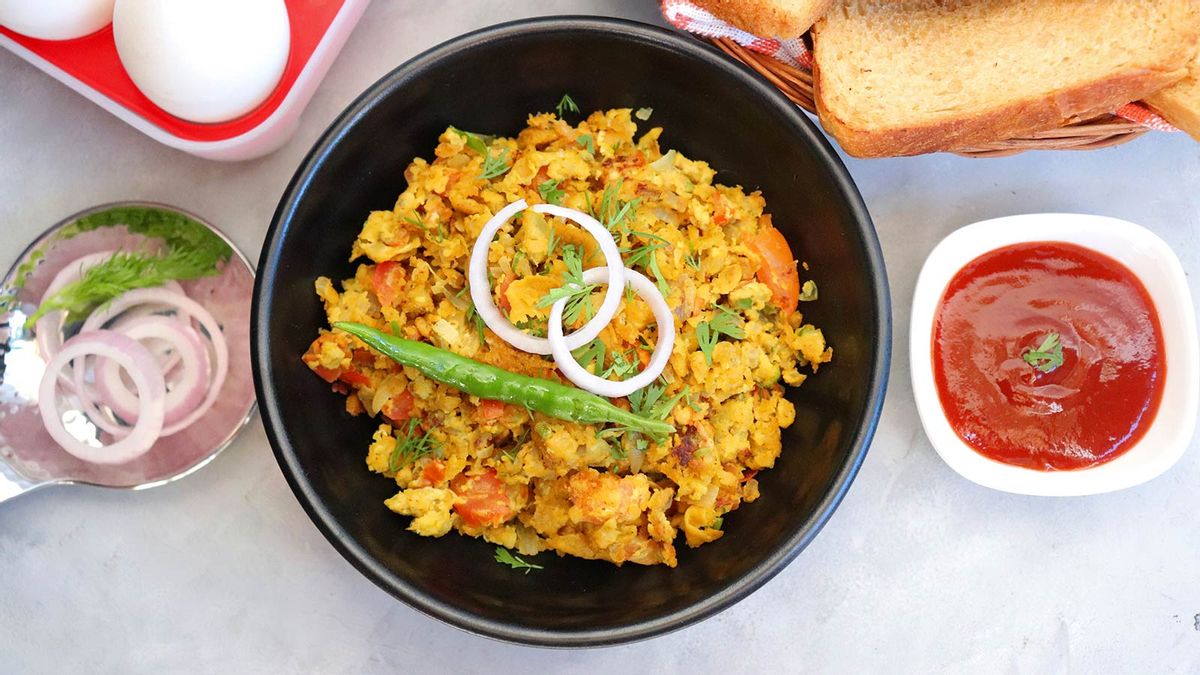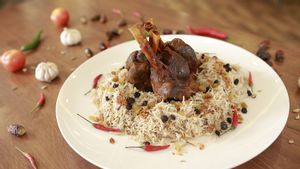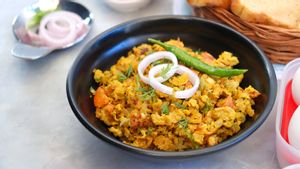The Parsis of India are people from the Zoroastrian community that migrated from Persia (now Iran) in the 7th century and made the west coast of India their home. As the community moved from its place of origin and integrated with the local communities in their newfound land, the changes reflected in Parsi cuisine as well. A popular story goes that when the Parsis first came to Gujarat, they promised the then ruler Jadi Rana that the community would mix with the local people like sugar mixes in milk. This is true of the culinary influences as well.
Kurush Dalal, a food anthropologist and historian, who runs Katy's Kitchen, a Parsi catering service, says, "It's not so much that new things were added to the Parsi cuisine but that the Parsis adapted their cuisine as they moved." Over the years, several local delicacies have found their way into Parsi cuisine, but with a Parsi touch. Dalal gives a lowdown on the top five influences that migration has had on Parsi cuisine.

1. Coconut curry
Considering coconut does not grow in the Gulf, it's an ingredient that entered Parsi cuisine only after migrating to India. However, the Parsis didn't make an entirely new dish with this ingredient. Instead, they made their own version of the typical red coconut curry that is found along the west coast of India. "As opposed to the thinner Malvani curry, Parsis make their curry much thicker by adding lots of coconuts," says Dalal and adds, "The souring agent is usually tamarind and not kokum."
2. Local seafood
The most famous Parsi dish outside the community, apart from dhansak, is Patra ni Machchi. In this Parsi dish, marinated fish is covered in chutney and steamed. The steamed fish preparation existed in Parsi cuisine before the community journeyed to India, but the fish type changed after moving. "In Iran, the most popular fish comes from the Caspian Sea which is a landlocked sea with low salinity. The use of seawater fish in Parsi cuisine happened after moving to India," explains Dalal. It's here that the Parsis took a liking to Pomfret and added local ingredients to their steamed fish preparation. "Even the use of banana leaves, coconut chutney, coriander, green chillies and lime happened after moving to India. These were completely alien to Iran," says Dalal.
3. Hotter food
"Parsi food became hotter after moving to India," says Dalal, "but not necessarily spicier." While the spice trade existed at all times, it's the chillies that the Portuguese brought to India that made Parsi food hotter. "Before that, the Parsis would have used pepper in large amounts but after chillies were introduced, they were automatically using pepper in smaller amounts," explains Dalal and adds, "Chillies were introduced to the Parsis after they had been in India for hundreds of years."
4. English custard
Lagan Nu Custard is the most popular dessert from Parsi cuisine but this sweet dish made an appearance in Parsi cookbooks thanks to the British. While desserts like kheer and halwa existed in Parsi cuisine, "there was nothing like the custard before the English influence," says Dalal. "The Parsi Lagan Nu Custard is a typical English custard but with an Indian twist," says Dalal. He explains that the Parsi custard is no different from the English custard. The former is essentially made of reduced milk to which eggs are added and then it is baked. "To this, the Parsis added nutmeg and cardamom," says Dalal.
In fact, one can find many British influences in Parsi cuisine. "The culture of having evening tea is another English influence," says Dalal. Parsis don't have the readymade chai that is usually found in India. Instead, Parsis like their tea in a teapot, with the milk and sugar served separately. "The entire tea ceremony is something that Parsis took from the British," says Dalal, "but they made a lot of Parsi snacks to go with it."
5. Vegetarian fare
It's often assumed that Parsi cuisine is heavily non-vegetarian but this isn't true. Parsi cuisine makes use of a variety of vegetables, as it adopted Indian culinary influences. "In Iran, vegetables were few and limited to a short growing period," explains Dalal. "This is why the Parsis ate dals (lentils) and beans which could be dried and preserved through the year." After moving to Gujarat, "a huge amount of fresh vegetables became available to Parsis," says Dalal.




